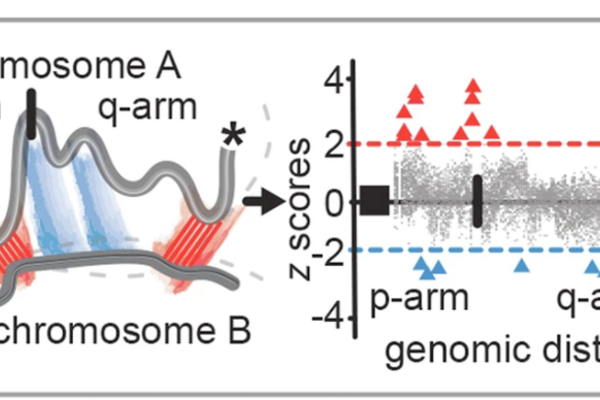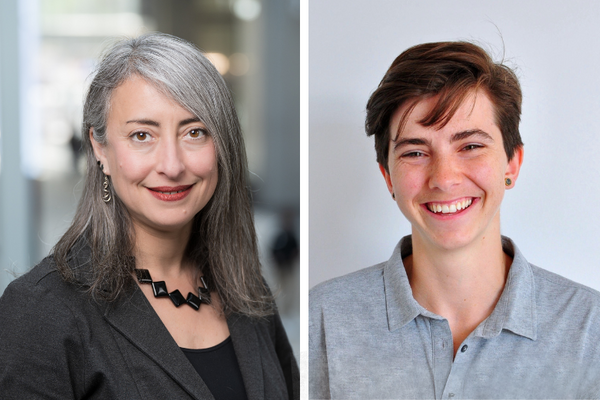Main Second Level Navigation
Breadcrumbs
- Home
- About
- News & Events
- News
- Reflecting On Phages and Cellos
Reflecting On Phages and Cellos
Retired MoGen professor Dr. Helios Murialdo talks about his latest publication, his surprising hobbies, and his time with the Department from 1967-1998
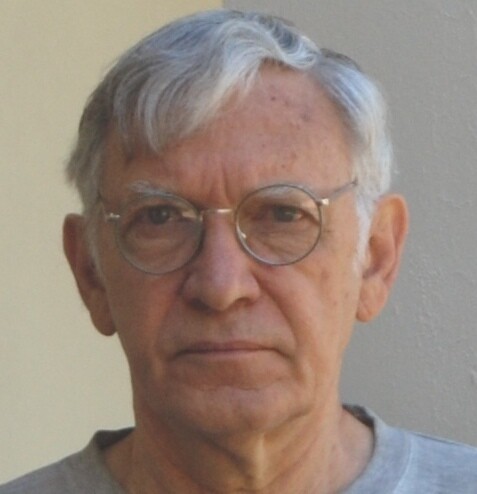
Since its inception in 1969, the Department of Molecular Genetics has had many prolific alumni and faculty with diverse histories and career paths. One of these individuals is Dr. Helios Murialdo, a Professor Emeritus from the Department who specialized in bacterial viruses, or phages, with a history at the University of Toronto dating back to the 70s.
After hearing about his recently published review article back in April, I was fortunate enough to interview Helios about his time at the University and Department. We discussed his accomplishments and career highlights throughout the past five decades.
When deciding what to study in university, reading the celebrated 1926 book Microbe Hunters by Paul de Kruif inspired Murialdo and many of his contemporary colleagues to pursue biochemistry and microbiology. After finishing his undergrad in biochemistry at the University of Chile, Murialdo enrolled in the Ph.D. program at the Department of Medical Biophysics in 1967, which was led by Dr. Harold E. Johns who headed the physics division and Dr. Lou Siminovitch who headed the biology division and was Murialdo’s supervisor. His thesis specialized in the morphogenesis of the lambda bacteriophage, which infects E. coli.
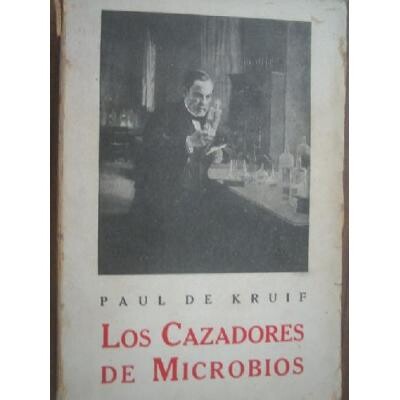


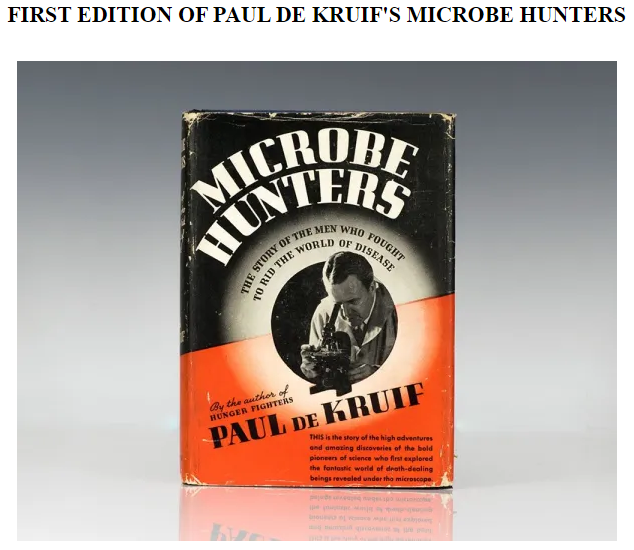
During his grad school years, his supervisor Dr. Siminovitch founded the Department of Molecular Genetics in 1969, then under the name of the Department of Medical Cell Biology. Murialdo noted at the time that there were only around six to seven professors and roughly 20-25 grad students (this meant lots of empty lab space and sinks to make tie-dyed shirts in as it was the hippie era!). Trainees were often left to do the experiments by themselves without seeing their PI for long gaps in time, a stark contrast to the Department today! Murialdo operated initially at the Princess Margaret Hospital and transferred over to the Medical Sciences Building (built around 1969) after Siminovitch established the Department.
After obtaining his Ph.D. in ‘71 and working in Chile for two years, Murialdo returned as a research associate in ‘73 and became an Assistant Professor at the Molecular Genetics Department— then the Department of Medical Genetics—in ‘77 and was promoted to Associate Professor in ‘80. He was tenured in ‘82 and became a Professor from ‘84 to ’98. His research focused on the structure and assembly of phages. He was also in charge of organizing the molecular biology seminar series and recruiting domestic and international speakers. During his tenure, Murialdo witnessed many of our current faculty members start their careers such as Drs. Barbara Funnell, Alan Davidson and James Rini. Despite primarily doing hands-on research in his lab, he also supervised some notable grad students such as Gillian Wu from York University (the first female dean of science and engineering at the school), Alicia Alonso from Cornell University and Patrick Yau from UHN.
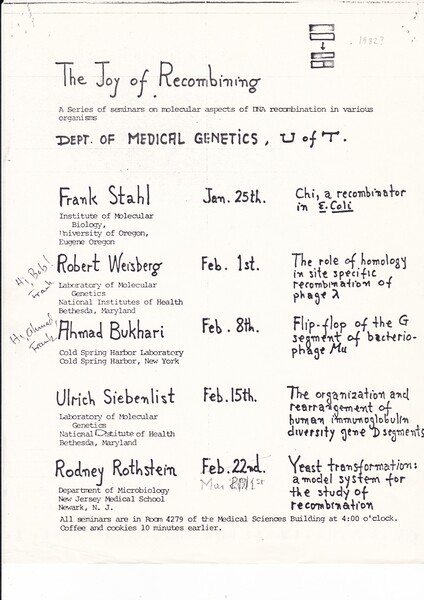
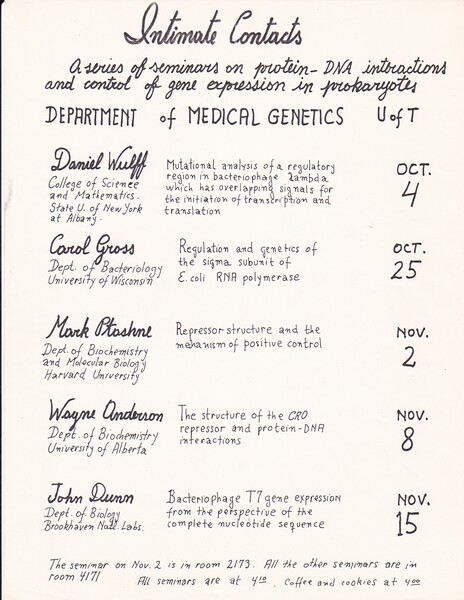
One example of Murialdo’s work showcased how a portal structure triggers the polymerization of the icosahedral phage head structure akin to crystallization by acting as a nucleus, which is among the first solid evidence of how phages assemble, with postdoc fellow Jarko Kochan figuring out the portal structure. He often worked alongside fellow MoGen professor Dr. Andrew Becker, and they were the first to demonstrate how phages assemble and grow around a nucleation point. He generated the structures with computers from the NMR division. Although the graphics are rudimentary and technically outdated, it is one of the early uses of computational methods to determine microbe structures. His collaborations with Kochan also unearthed an additional step in the phage life cycle, specifically how the viruses stimulate specific bacterial genes such as groE to enhance their replication. Murialdo noted how unusual it was to use computers for those purposes at the time, which served as a reminder of how far the field has come, given how standard computational methods are nowadays. His lab also helped develop the first system of human gene cloning, discovered the first overlapping genes in phages and directly demonstrated by electron microscopy how the IHF bacterial protein bends DNA. The lab also researched immunoglobin gene expression and structure, which helped discover how endogenous retroviral elements can mutate genes through insertion.
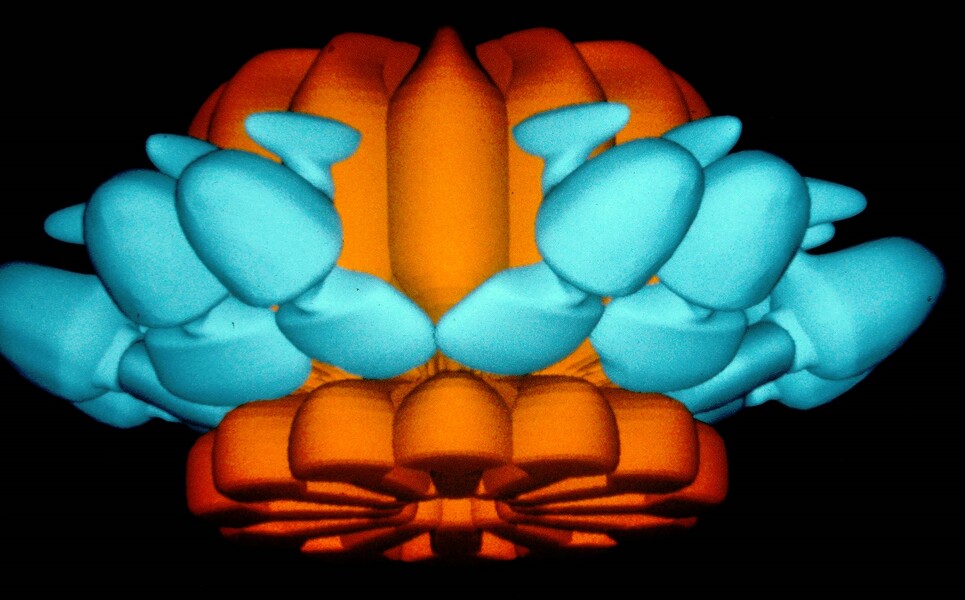
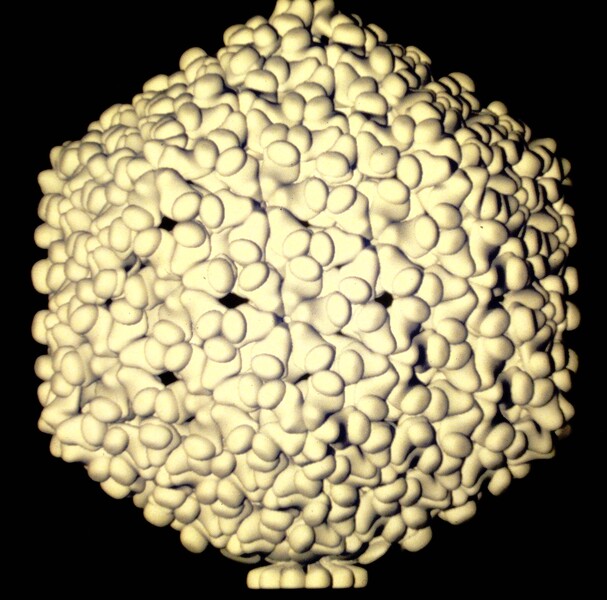
In addition to his research, Murialdo took up cello making during his time at UofT, inspired by former MoGen Chair and Professor Emeritus Paul Sadowski and his in-laws, who were all cellists. Notable violin and viola maker Otto Erdesz helped teach him the craft. “You must know physics and history and be knowledgeable about wood quality,” noted Murialdo when describing the manufacturing process. He even made a replacement cello for current MoGen Adjunct Professor and CIFAR CEO Alan Bernstein.
After his time at UofT, Murialdo returned to Chile and became a fiction author. One of his works was inspired by genetics called La Laucha y el Senescal/The Little Mouse and the Seneschal, a bilingual fantasy tale. He is also a member of the board of directors of the research NGO Fundación Ciencia & Vida (Foundation of Science and Life) based in Santiago, Chile. This organization conducts and promotes life sciences research, education and entrepreneurship and is home to numerous labs. One of Murialdo’s undergraduate class fellows Pablo Valenzuela, another notable Chilean scientist, co-founded the organization. Valenzuela developed the first recombinant vaccine against hepatitis B and led the team that discovered the hepatitis C virus, among other accomplishments in hepatitis virology and biotechnology.
During his time in Toronto during the pandemic, Murialdo returned to academic research after being contacted by fellow phage scientist Dr. Michael Feiss from the University of Iowa. Feiss wished to solve an outstanding gap in knowledge surrounding the role of the phage terminase enzyme in DNA packaging of defective prophages or non-functional phage genomes incorporated in bacterial hosts. The regular function of the terminase enzyme moves the newly replicated genomes to the phage head structure for packaging before virions burst out of the bacterial host. These malfunctioning prophages cannot reproduce by themselves and hijack other working phages’ packaging machinery to do so and block their genomes from being packaged so that their DNA will instead. They sometimes pick up bacterial genes, which are then transmitted to new hosts and can alter bacteria pathogenicity, such as generating uropathogenic strains.
In April 2022, the scientists co-published a paper about how mobile defective prophages called phage-induced chromosomal islands (PICIs) parasitize functional phages to infect and propagate to new bacterial hosts in the open-access MDPI journal Viruses. The article proposed how a PICI protein binds to a terminase protein subunit to prevent DNA packaging of the functional phage while promoting their DNA packaging. Murialdo noted how his old-school methods surprisingly helped with analyzing the sequences by hand with pencil and paper, which allowed the duo to understand how the protein complex maintained accurate recognition and binding. Both professors plan to publish further work in the future.
It’s clear that Murialdo continues to lead a prolific and interdisciplinary career and life journey and has witnessed how the Department and research field grew and changed over the years! When discussing advice for students and how he cultivated his career path, Murialdo stressed the importance of hard work and discipline. “When you are doing independent work such as research or writing novels, you must be disciplined,” he emphasized, referencing the famous Edison quote, “1% inspiration and 99% perspiration.”
A big thank you to Dr. Murialdo for the interview and providing images!
